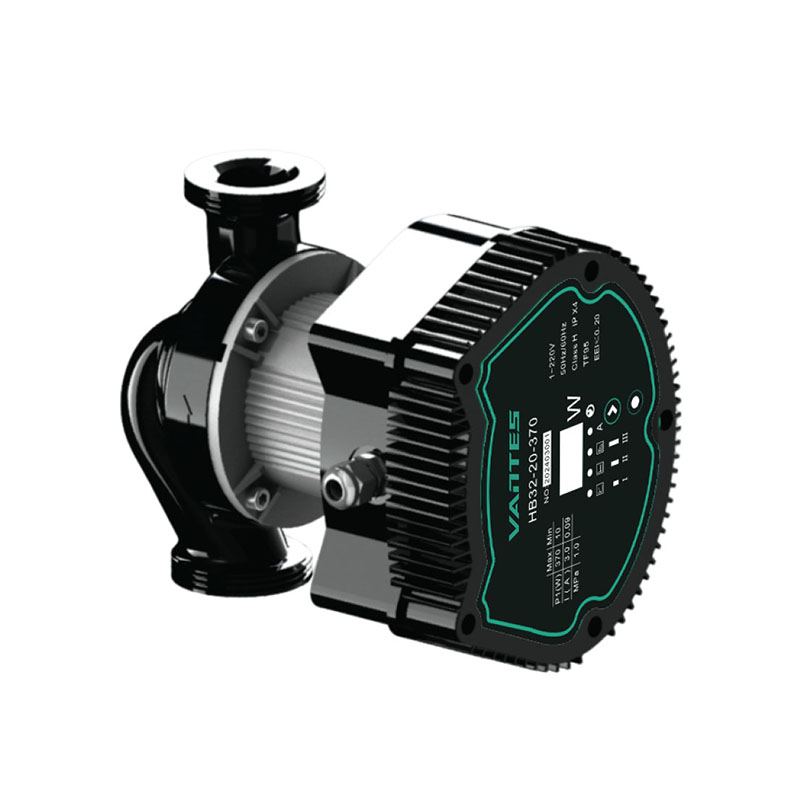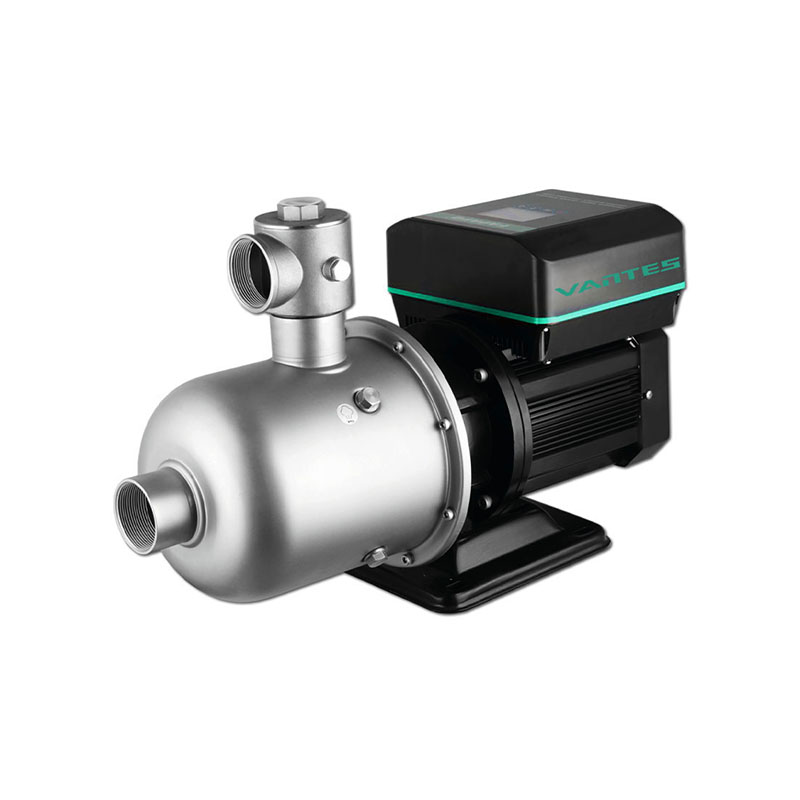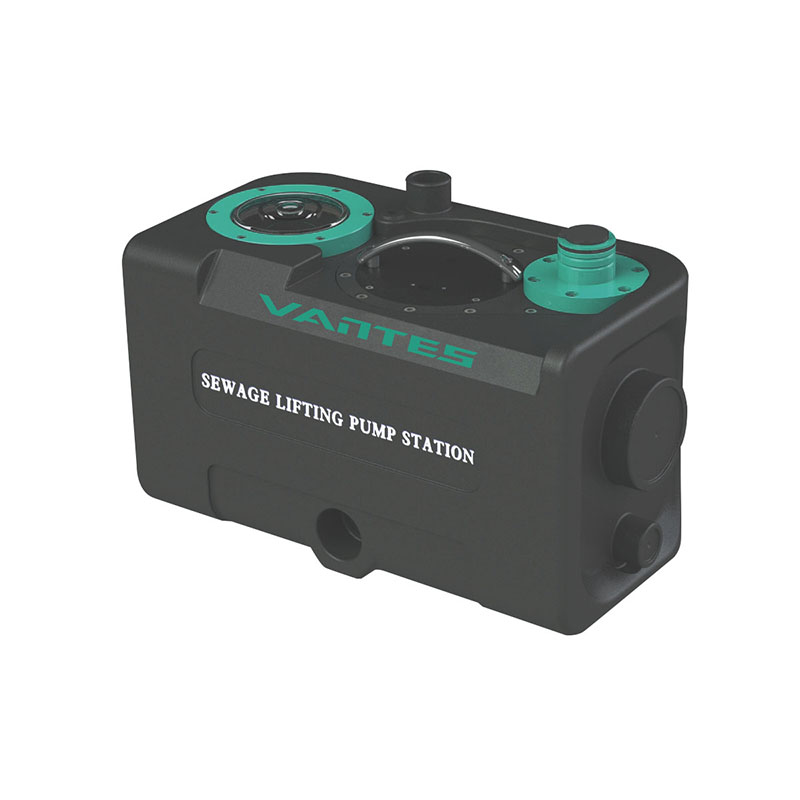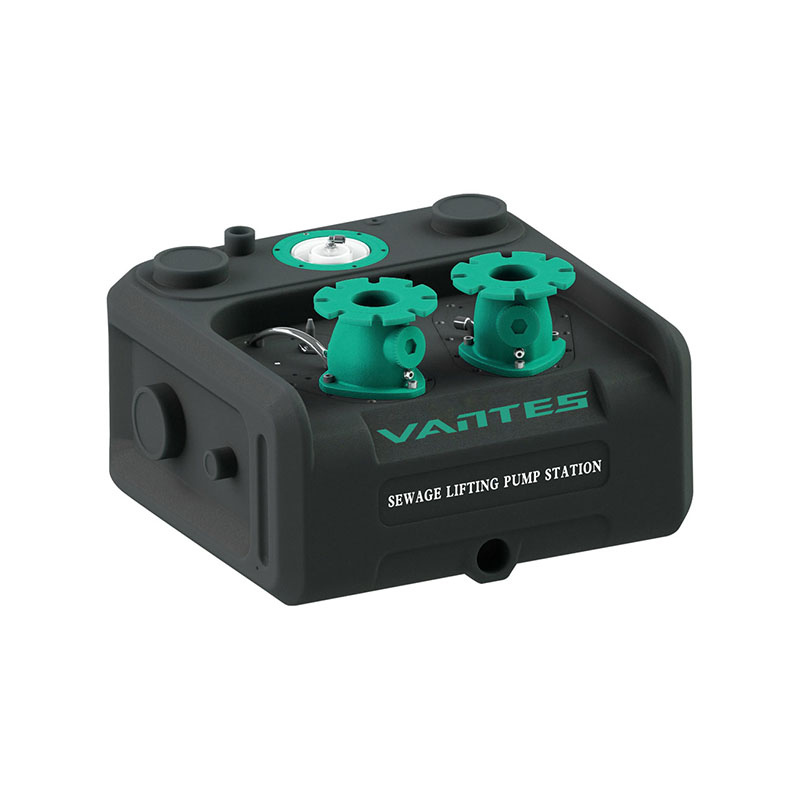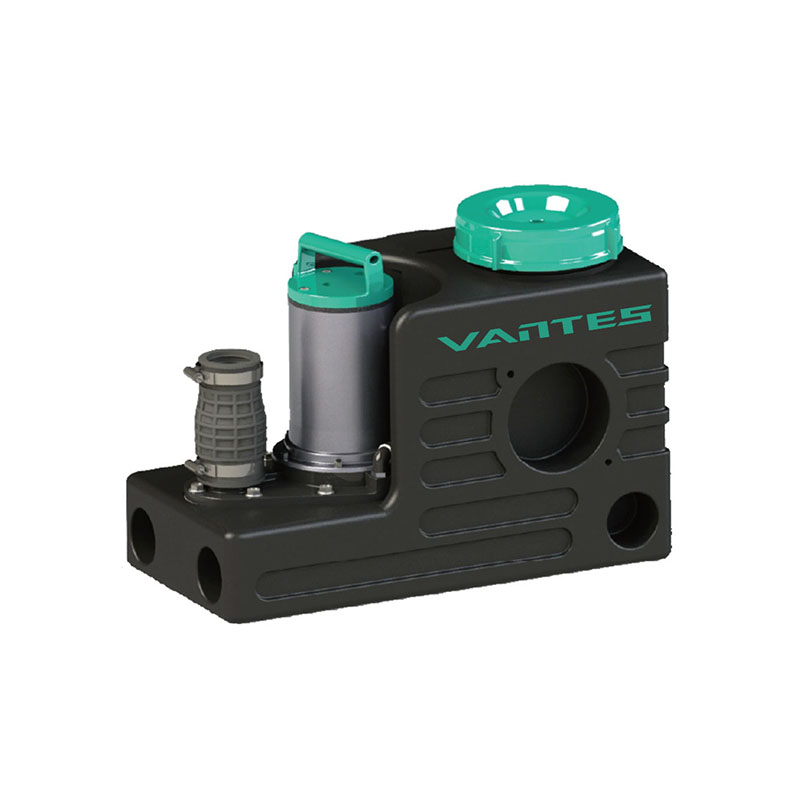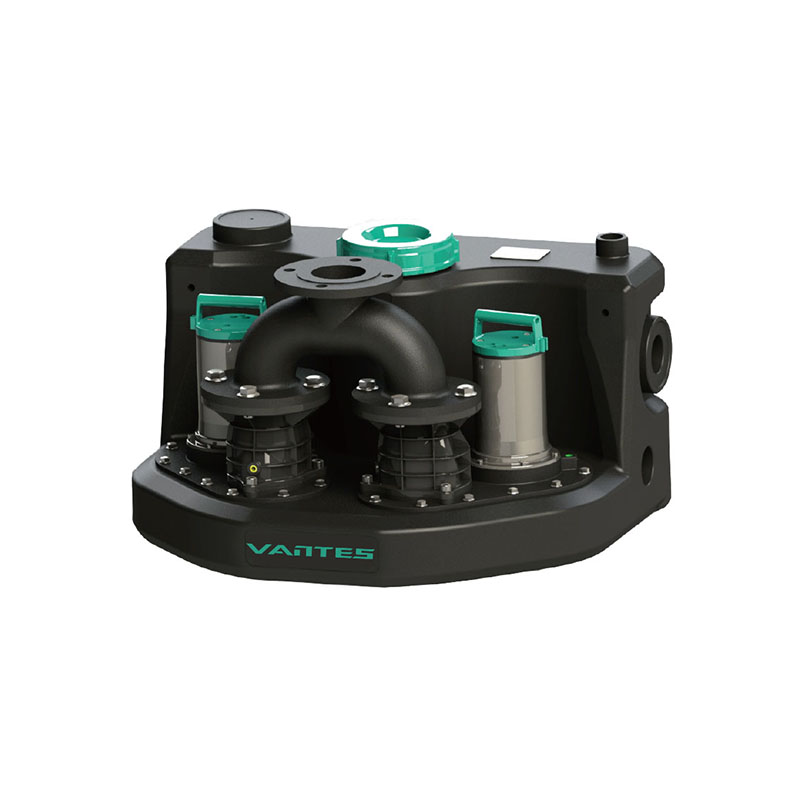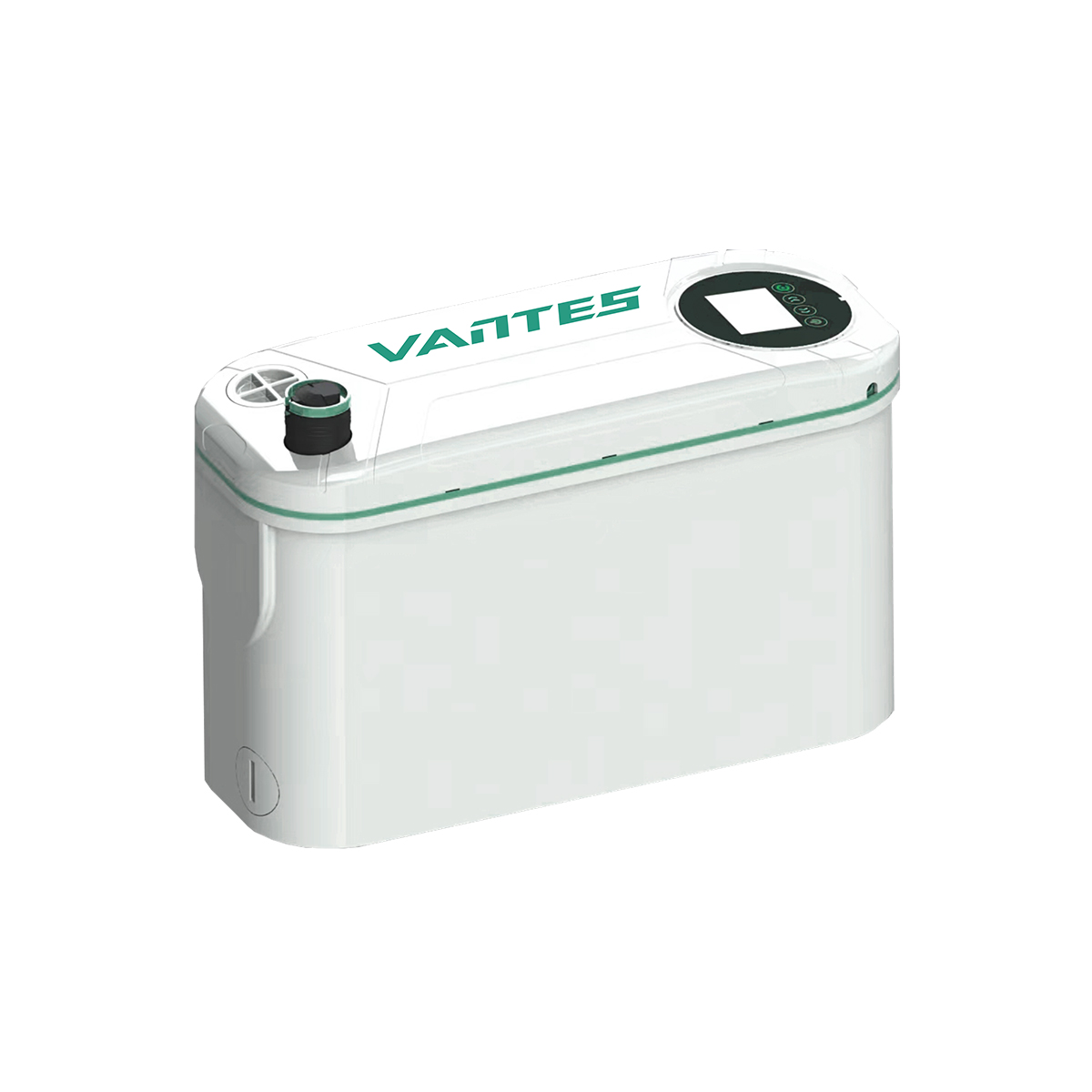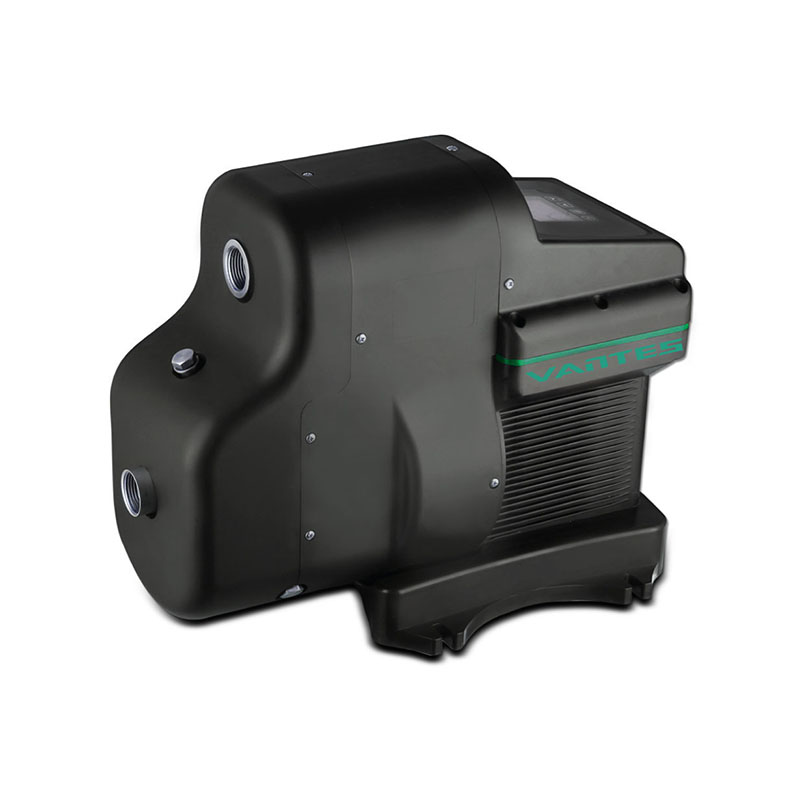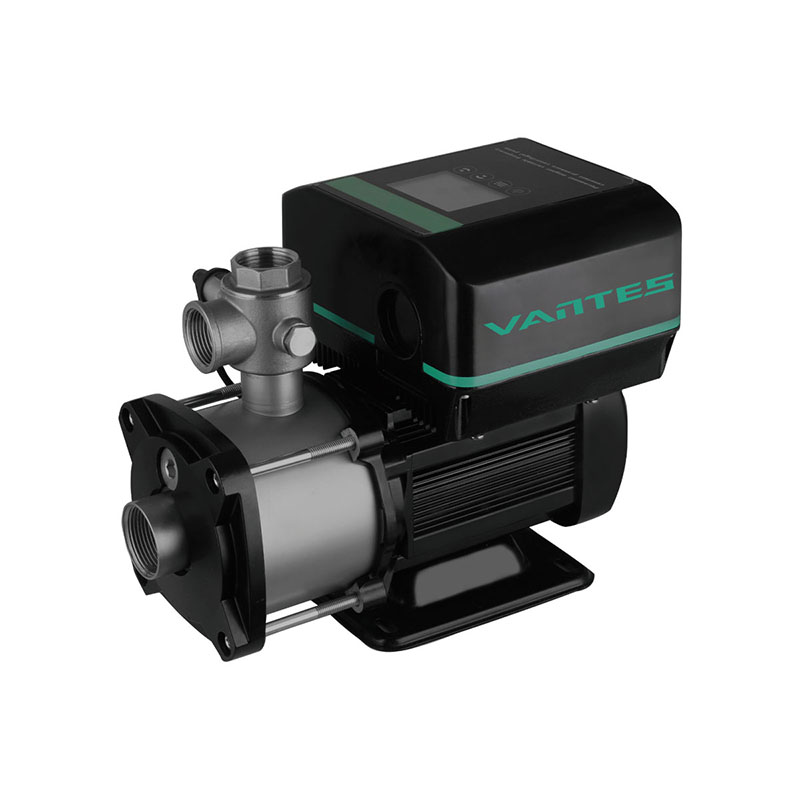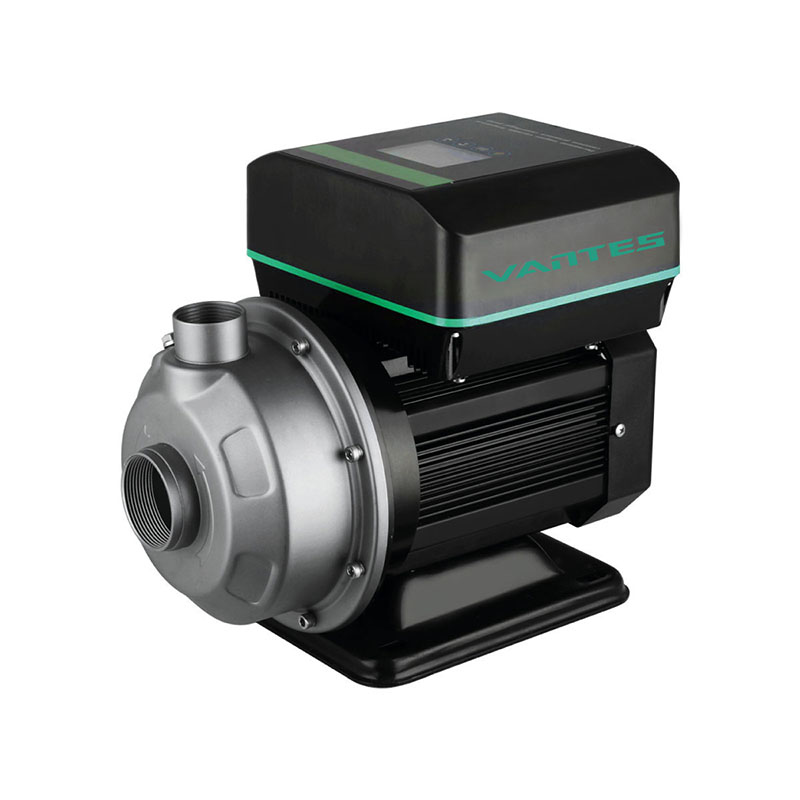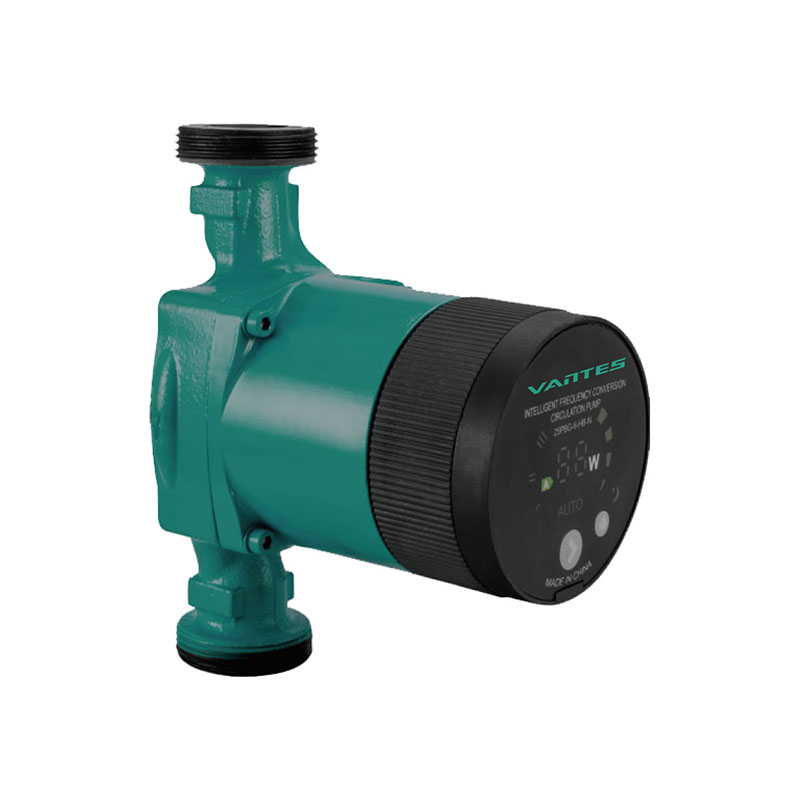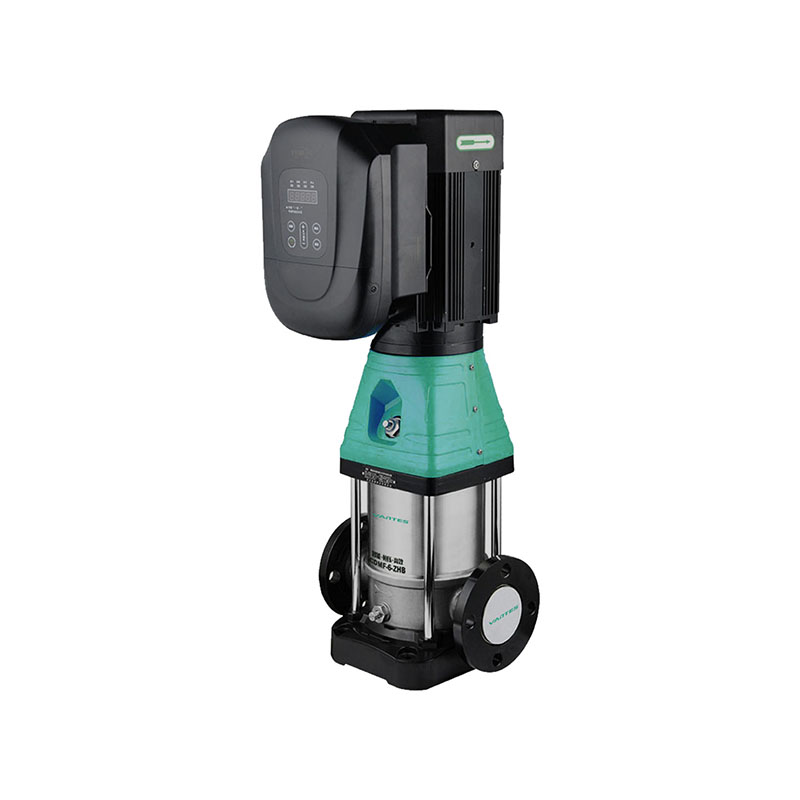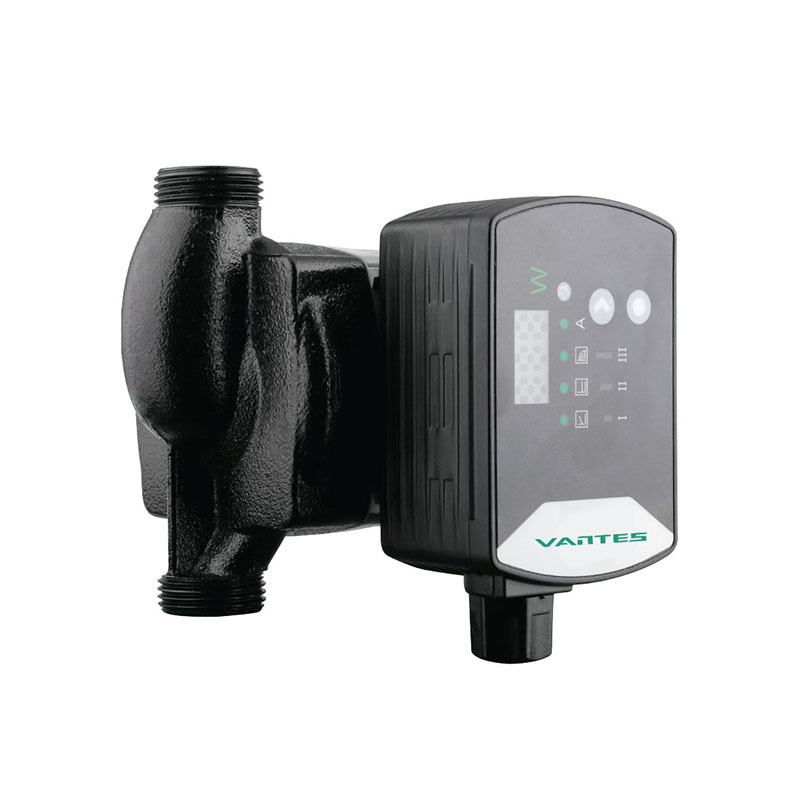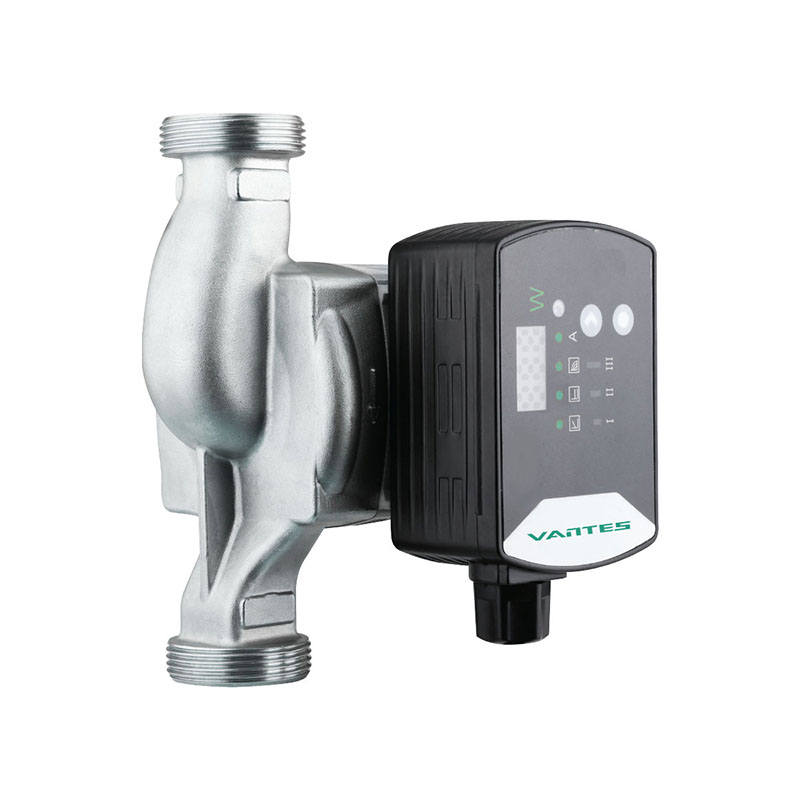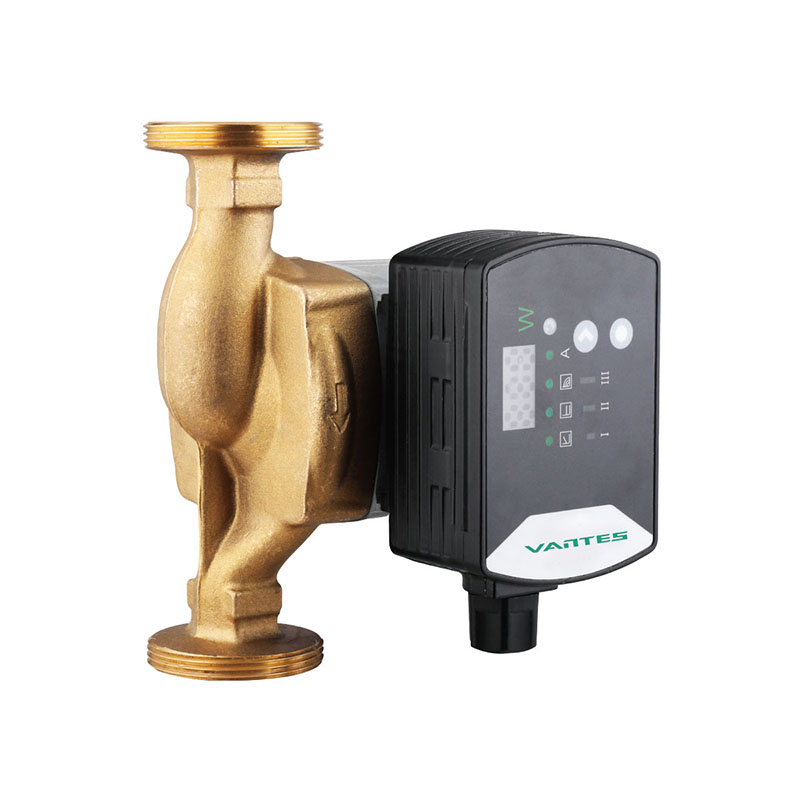In the intricate ecosystem of HVAC systems, where consistent fluid and air movement underpin efficiency, Shield Circulating Pumps and Boosting Circulation Pumps stand as pivotal components. These pumps are engineered to maintain precise control over flow and pressure, supporting the energy-saving and environmental goals that define modern heating, cooling, and treatment systems. Their design, honed through decades of industry refinement, ensures they adapt to diverse operational demands while keeping performance steady.
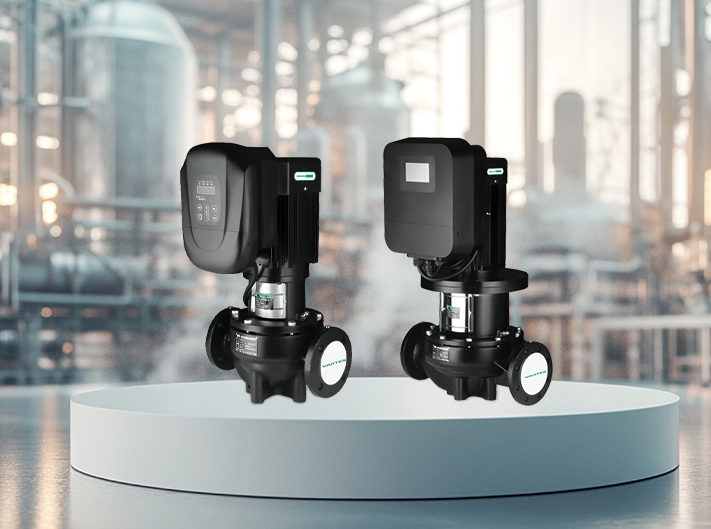
Shield Circulating Pumps: Stabilizing Closed-Loop Systems
Shield Circulating Pumps are purpose-built for closed-loop HVAC setups, where fluids circulate continuously within a sealed network—such as in hydronic heating systems or chilled water loops. Their defining feature is a shielded motor assembly that creates a physical barrier between electrical components and the circulated fluid.
These pumps operate with a focus on steady, low-to-moderate flow rates, making them ideal for maintaining consistent temperatures across residential or small commercial spaces. Many models include variable speed technology, allowing them to adjust their output based on real-time demand. For example, during mild weather, when heating or cooling needs drop, the pump can reduce its speed, cutting energy use without disrupting circulation. This adaptability aligns with the push toward more efficient HVAC operation, as it avoids the waste of running at full capacity when not required.
In water treatment integration—an area of key focus for many HVAC systems—Shield Circulating Pumps demonstrate compatibility with various treatment processes. Their fluid paths are designed to resist scaling from mineral-rich water or chemical degradation from treatment additives, ensuring they maintain performance even in systems where water quality is actively managed.
Boosting Circulation Pumps: Adapting to Pressure Challenges
Boosting Circulation Pumps address a different set of needs, stepping in when HVAC systems face pressure deficits due to size, layout, or distance. In larger buildings—such as multi-story offices or sprawling industrial facilities—fluid flow can weaken as it travels through long pipelines or against elevation changes. These pumps counteract such losses by amplifying pressure at strategic points, ensuring that heated or cooled fluids reach all corners of the system with equal efficiency.
Unlike Shield Circulating Pumps, which thrive in sealed loops, Boosting Circulation Pumps often operate in semi-open or extended systems. Their design prioritizes adjustability: many models feature variable pressure settings that allow technicians to fine-tune output based on specific system demands. For instance, a pump serving a building with fluctuating occupancy can be set to higher pressure during peak hours and lower pressure during lulls, optimizing energy use without sacrificing coverage.
Placement is critical for these pumps. They are typically installed just before areas of high resistance—such as before a long pipeline run or a vertical rise. This targeted positioning helps direct energy to where it is more effectively utilized, avoiding the potential drawback of applying excess pressure throughout the system.
Synergies in Complex HVAC Setups
In larger or more complex HVAC systems, Shield Circulating Pumps and Boosting Circulation Pumps often work in tandem, each addressing distinct layers of the circulation challenge. A typical configuration might involve a Shield Circulating Pump managing the core closed loop—circulating fluid between a boiler, chiller, or treatment unit—while a Boosting Circulation Pump extends that flow to distant zones, such as upper floors or outer wings of a building.
This division of labor prevents overburdening the core system. Without a Boosting Circulation Pump, the Shield Circulating Pump would need to generate enough pressure to overcome both internal loop resistance and long-distance losses, leading to higher energy consumption and accelerated wear. By splitting the workload, the two pumps reduce strain, extending operational life and lowering maintenance requirements.
This collaboration also enhances system flexibility. As buildings expand or usage patterns shift, adding a Boosting Circulation Pump can accommodate new demands without requiring a full replacement of the existing Shield Circulating Pump setup. This scalability makes the pairing well-suited for growing facilities, from expanding campuses to evolving commercial spaces.
Aligning with Energy and Environmental Priorities
Boosting Circulation Pumps contribute to efficiency through targeted pressure management. By focusing pressure where it is particularly required, they avoid the energy waste of over-pressurizing the entire system. Many models also incorporate materials and components that reduce friction, further lowering energy consumption over time.
In terms of environmental impact, both pumps are engineered to work seamlessly with water and air treatment systems. They resist corrosion from treatment chemicals, ensuring that systems designed to filter or condition fluids can operate without pump performance being compromised. This compatibility helps maintain the integrity of treatment processes, supporting healthier indoor environments and reducing the need for harsh chemical interventions.

